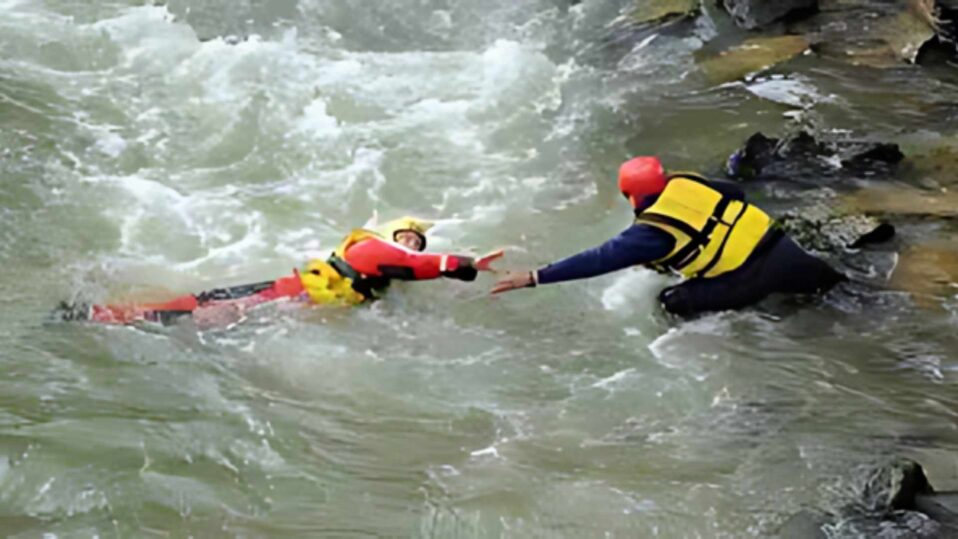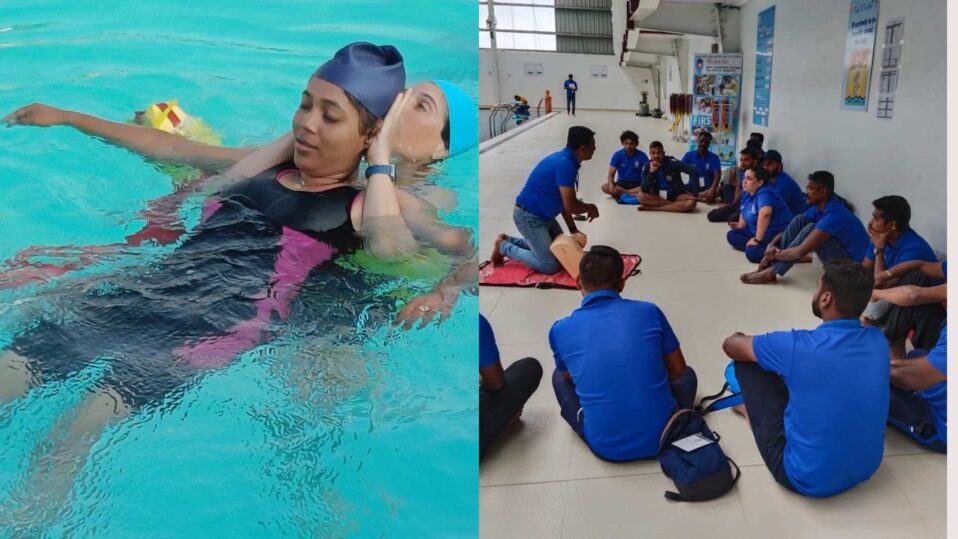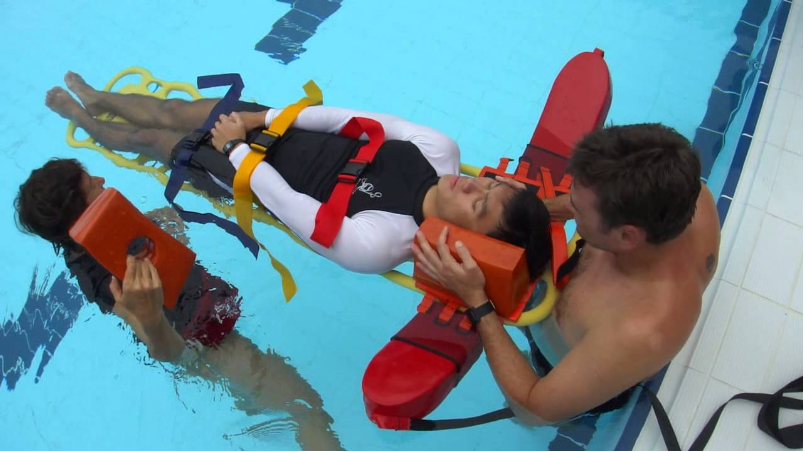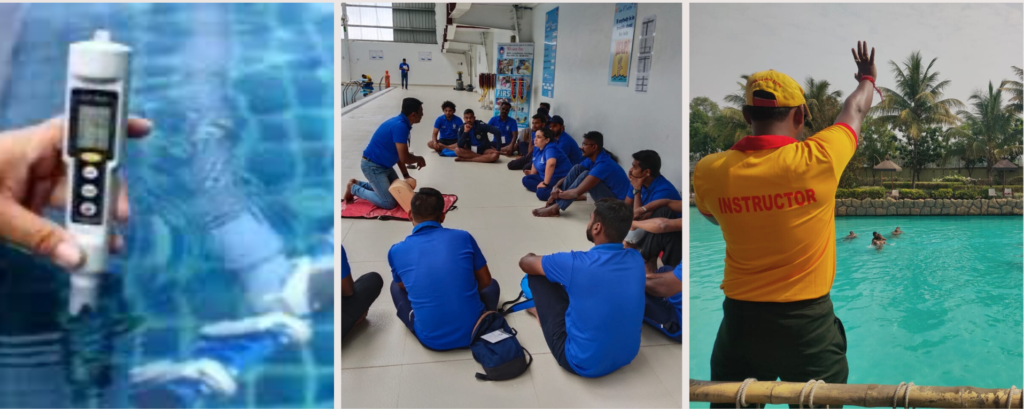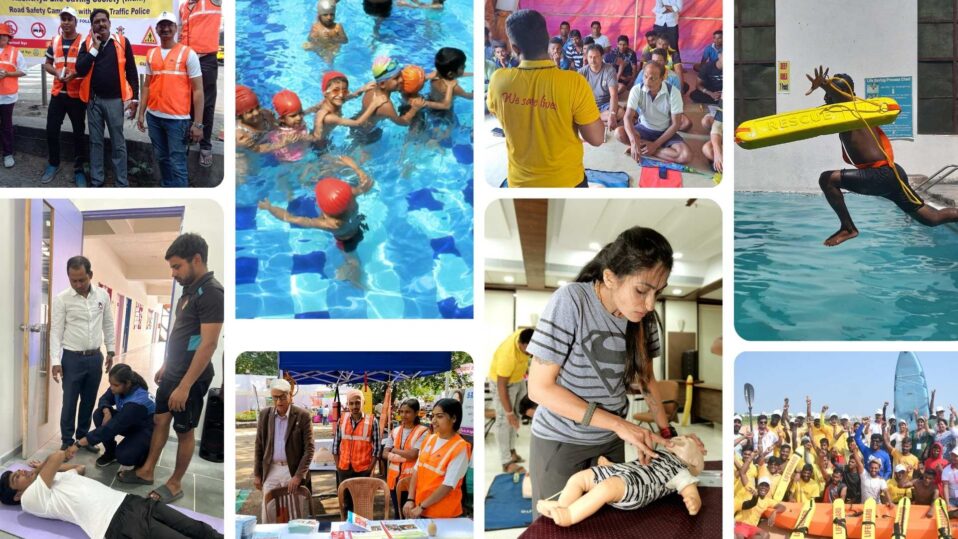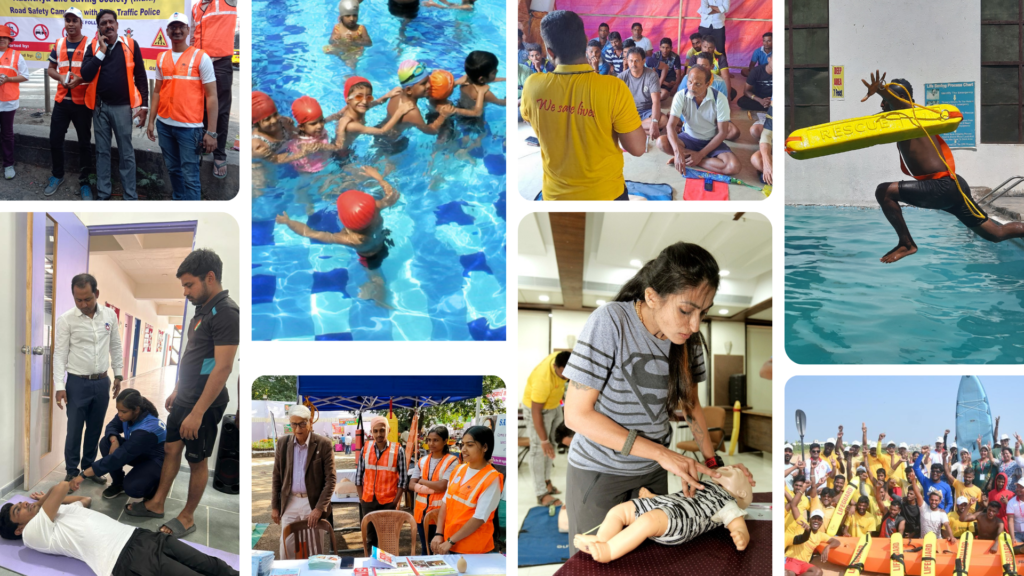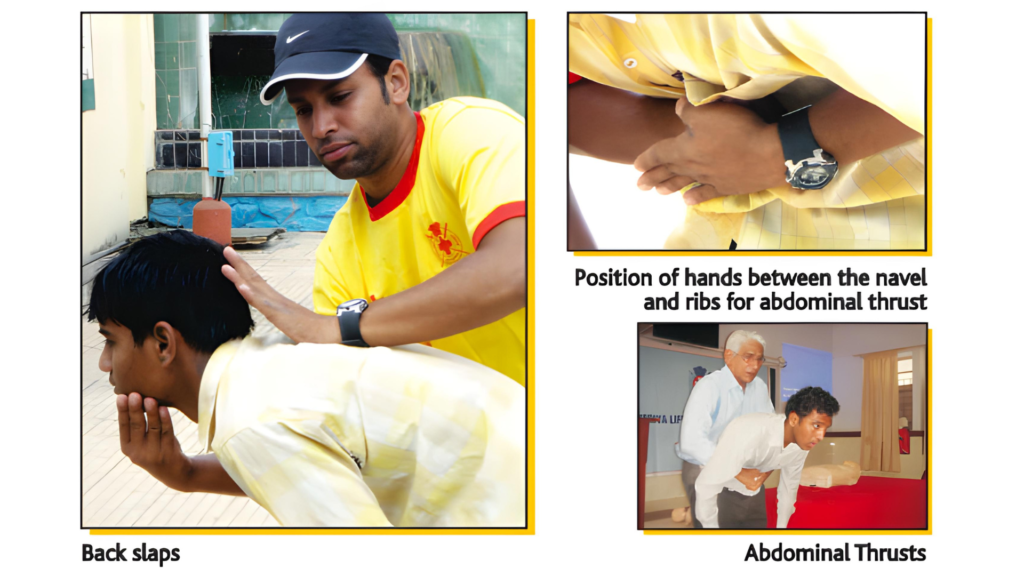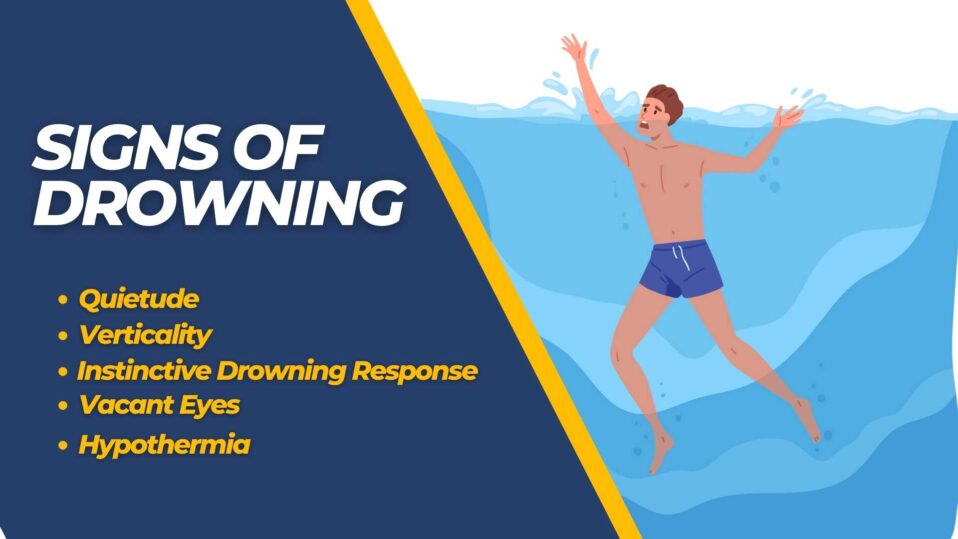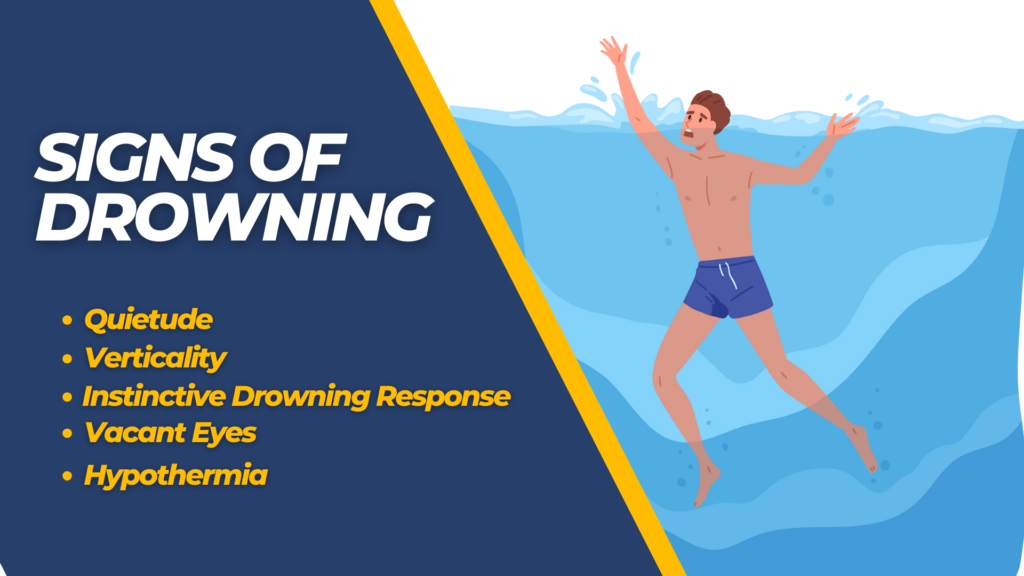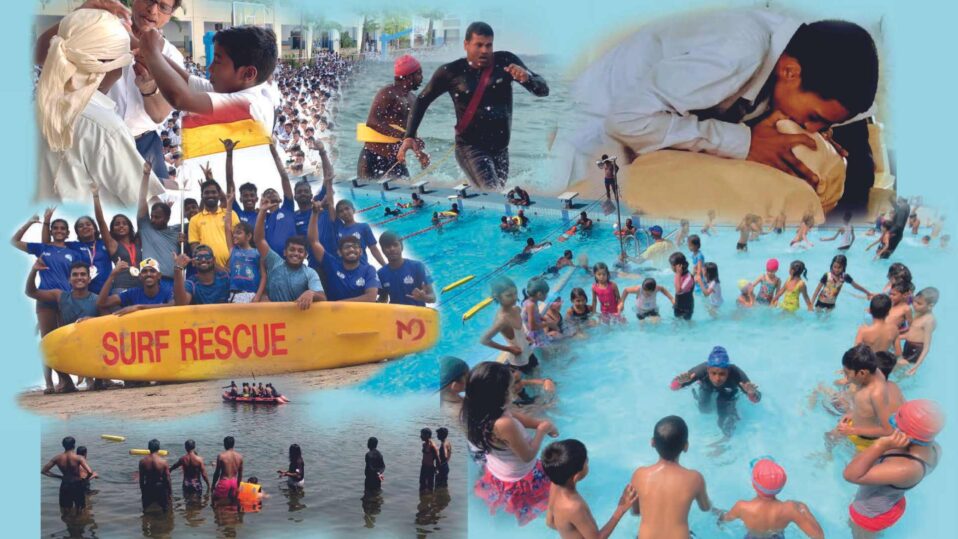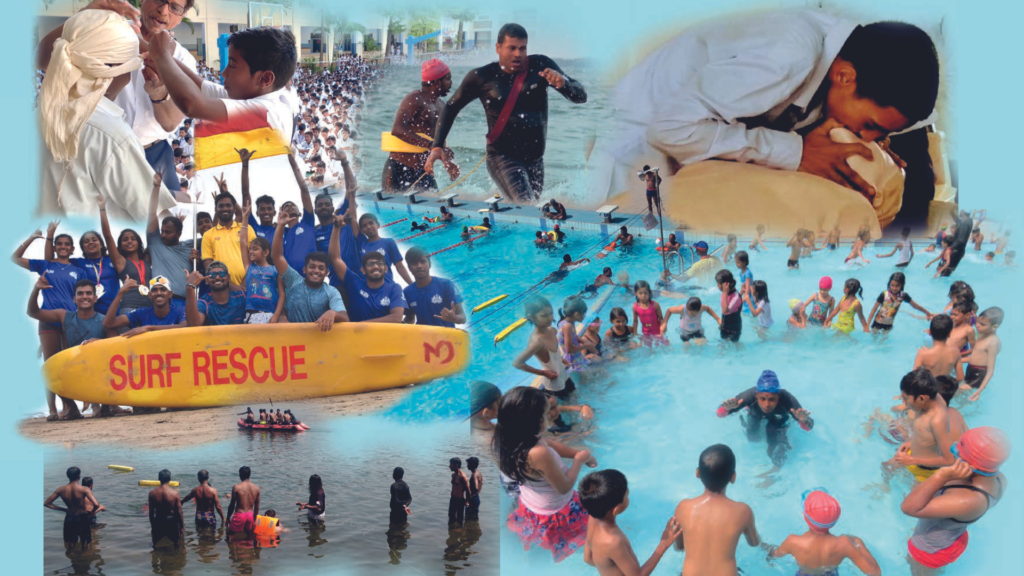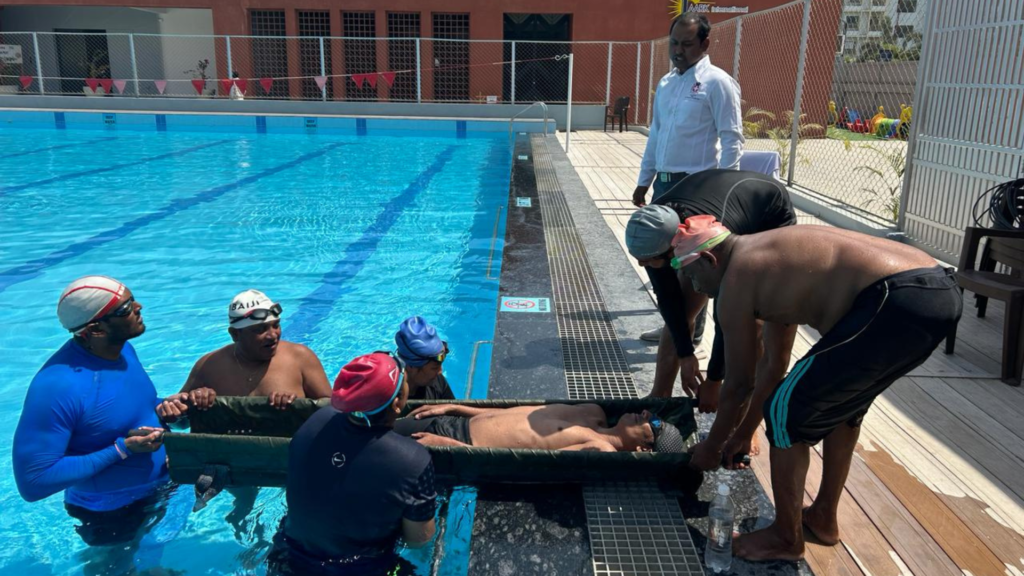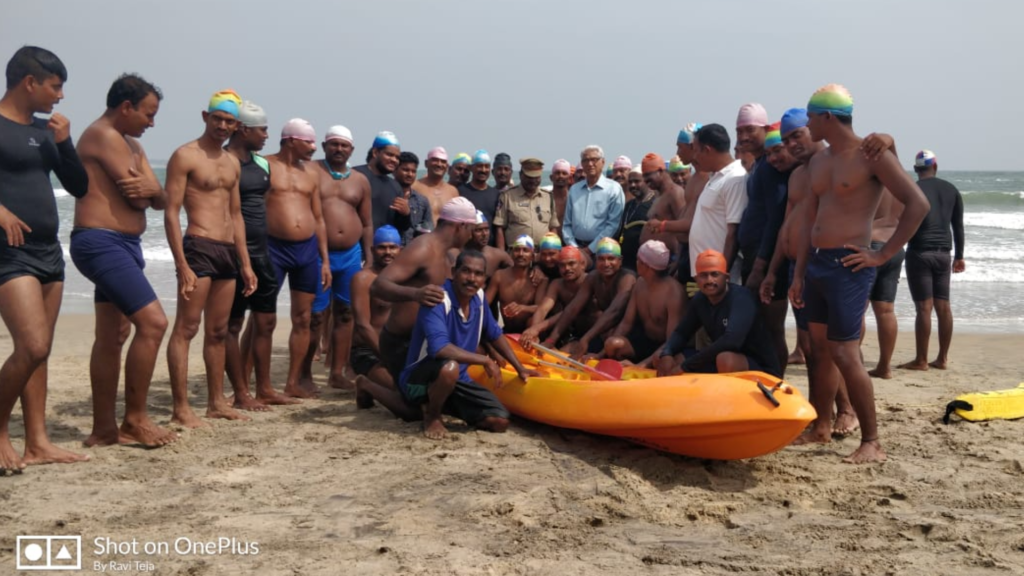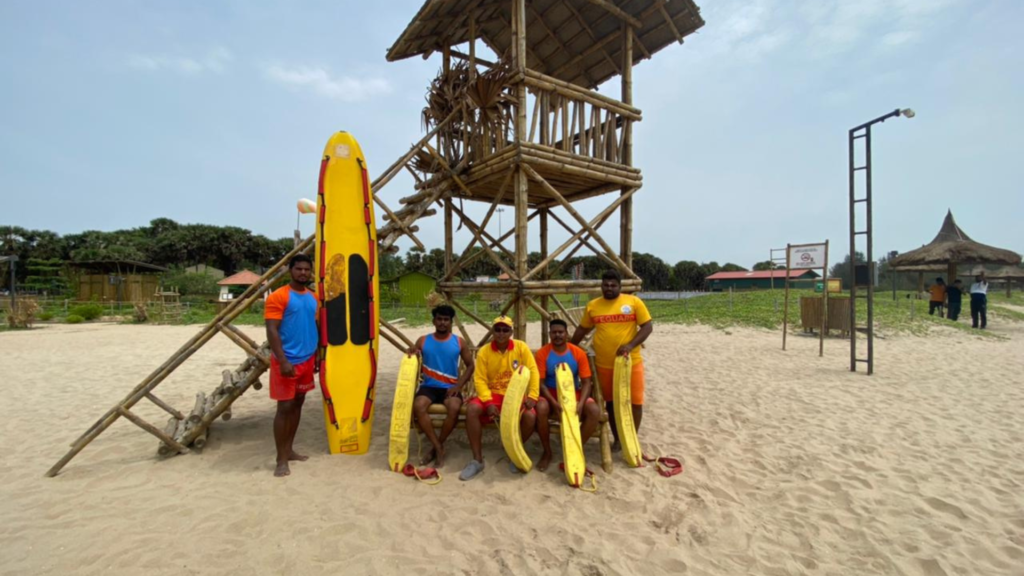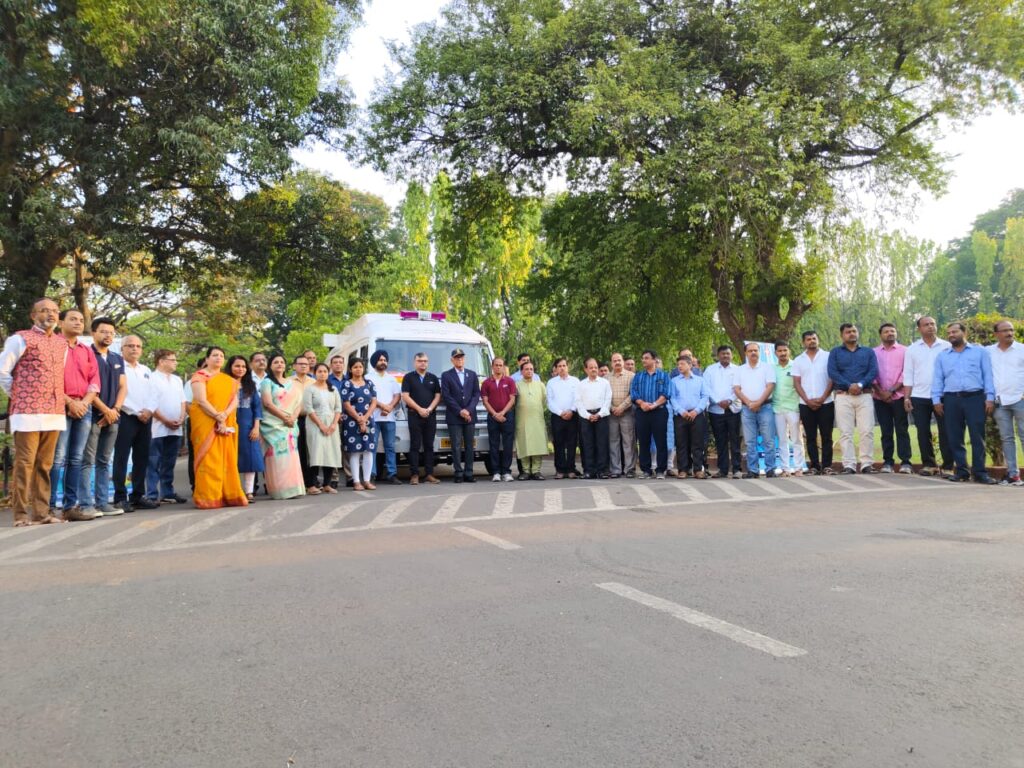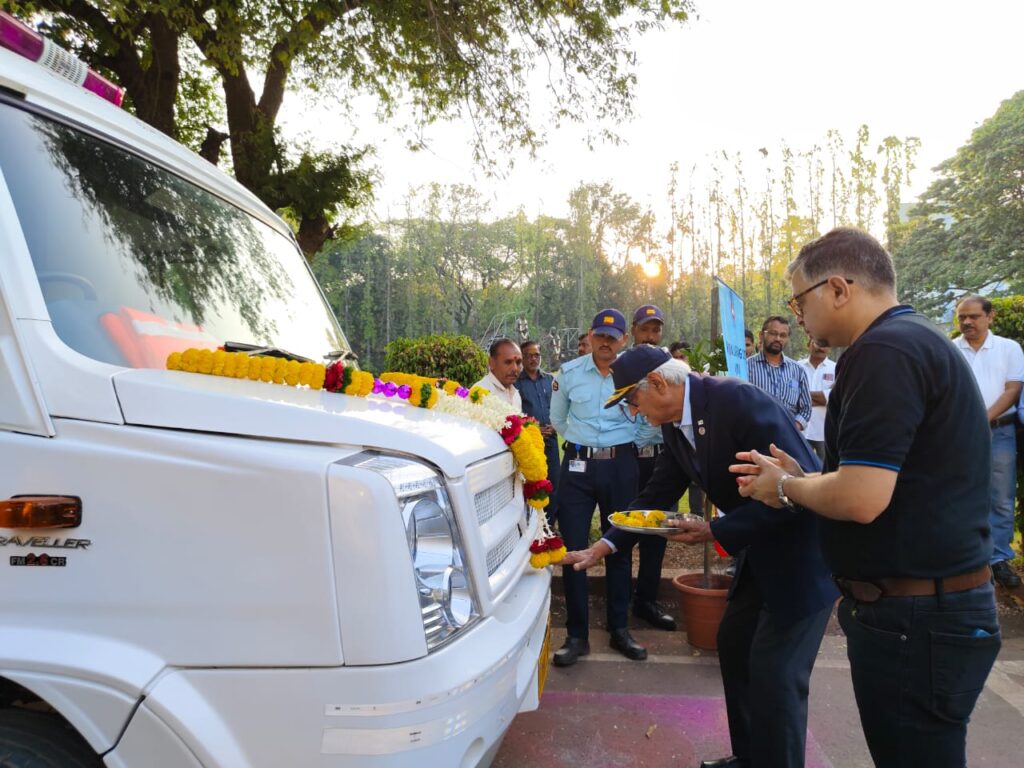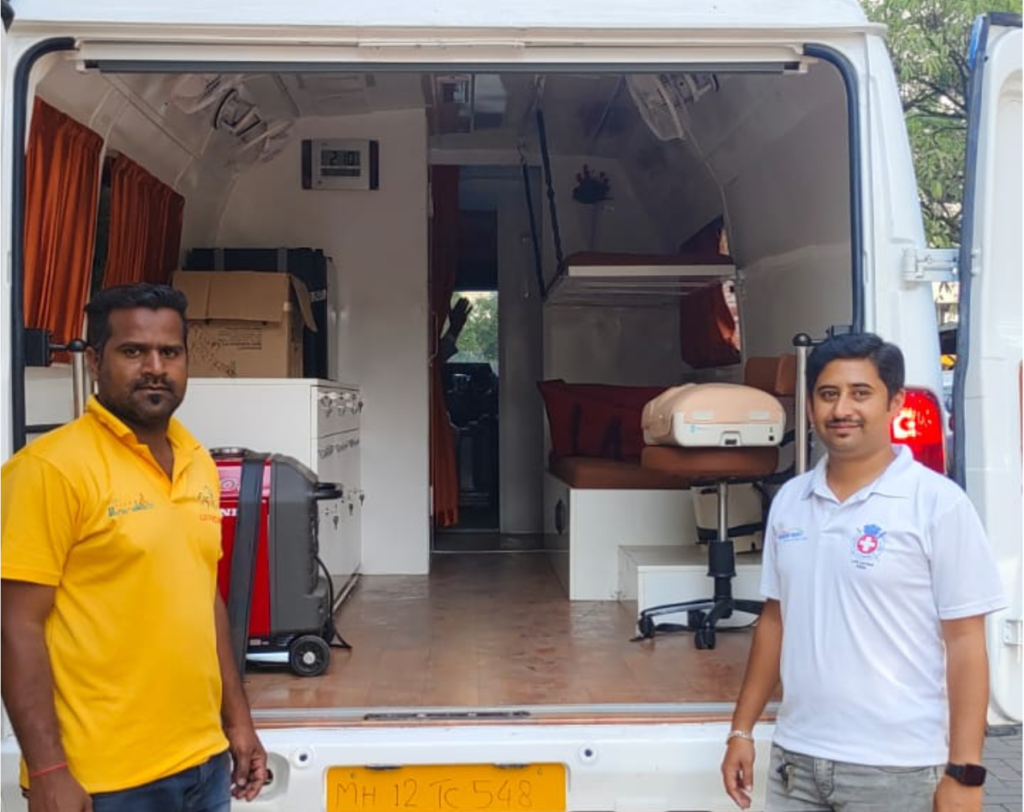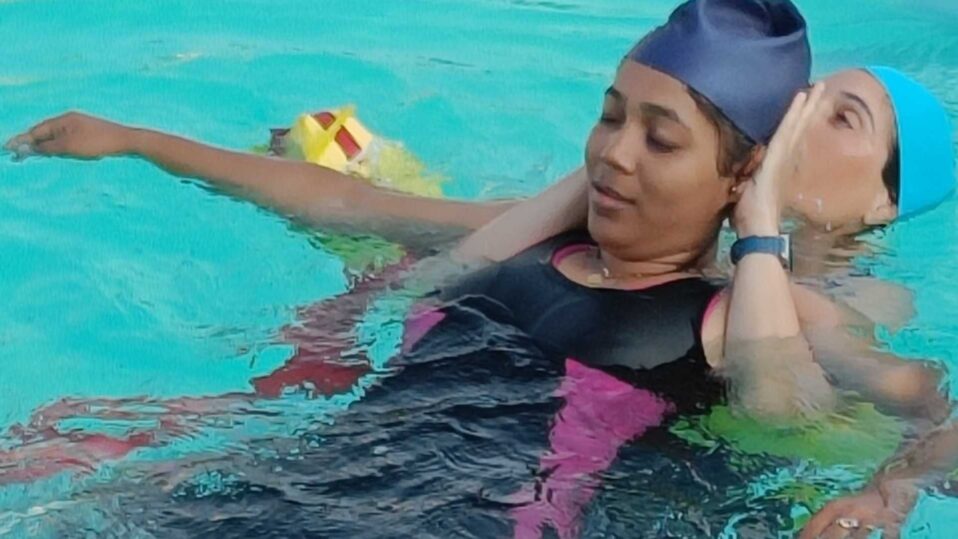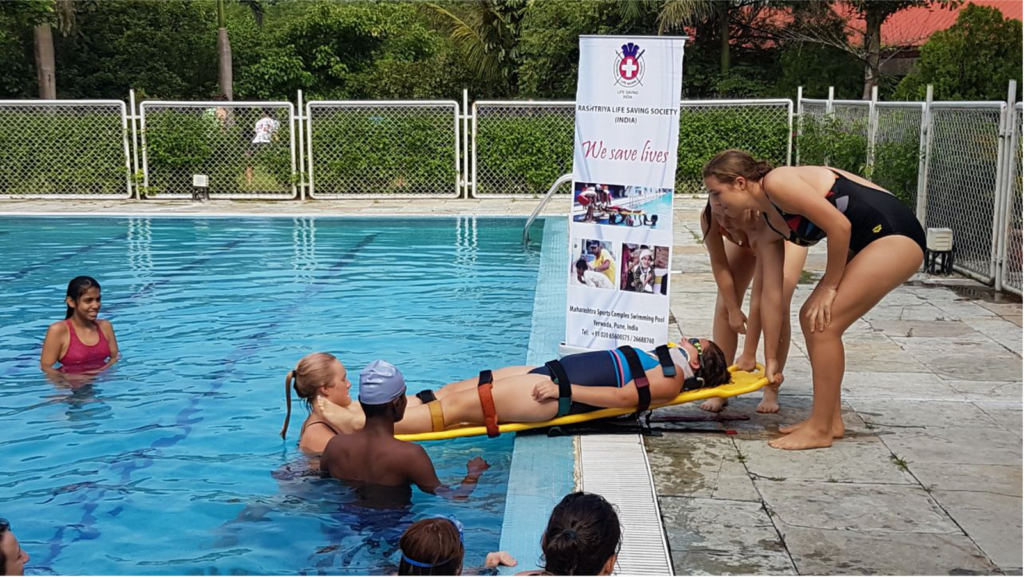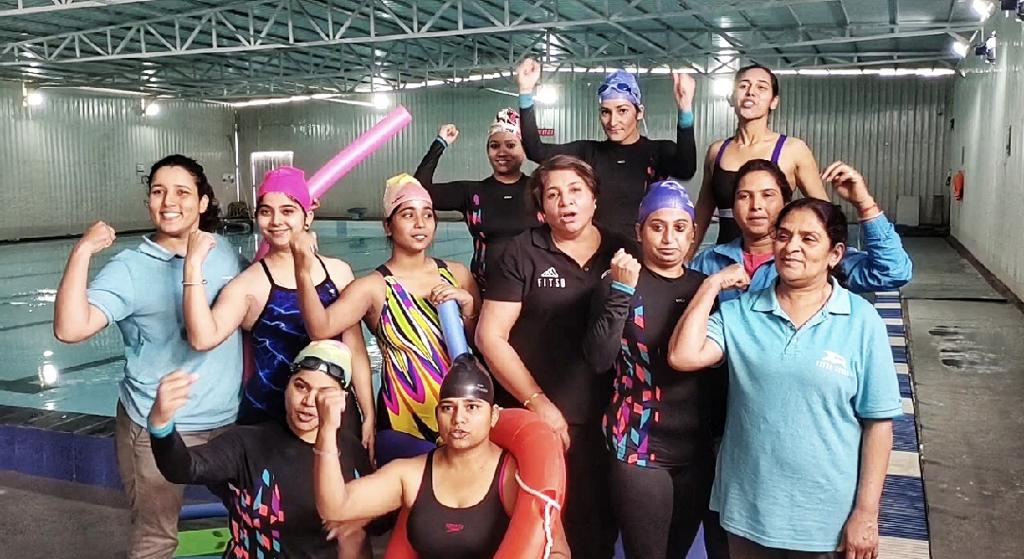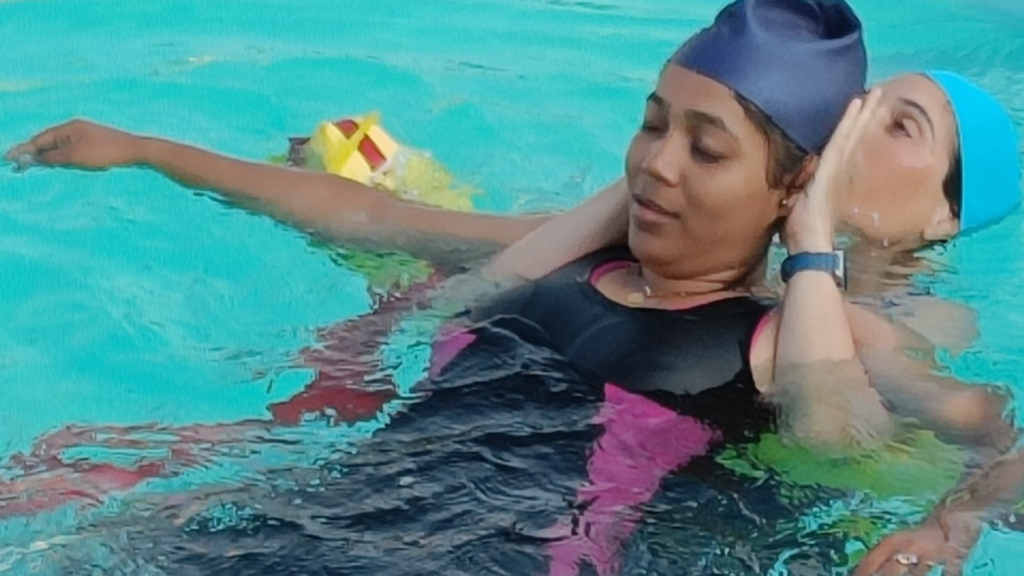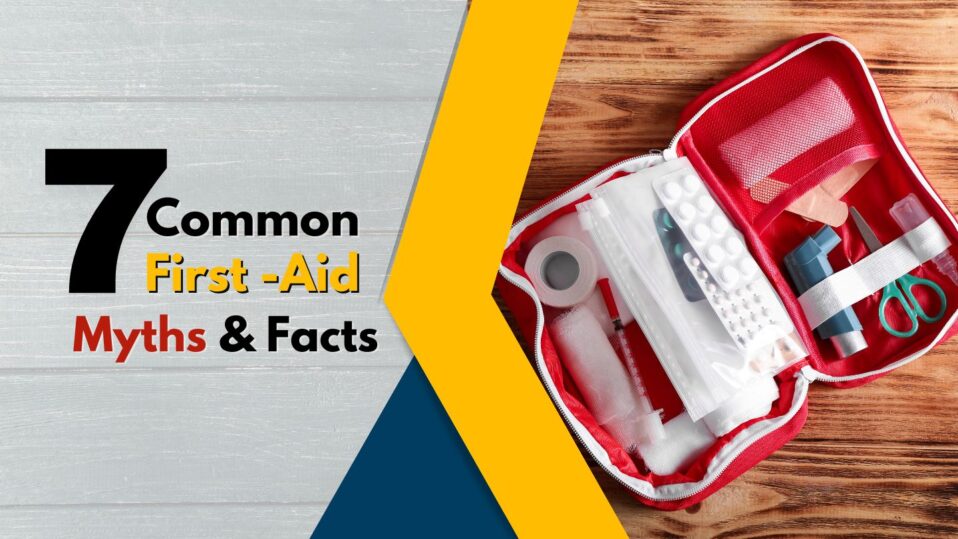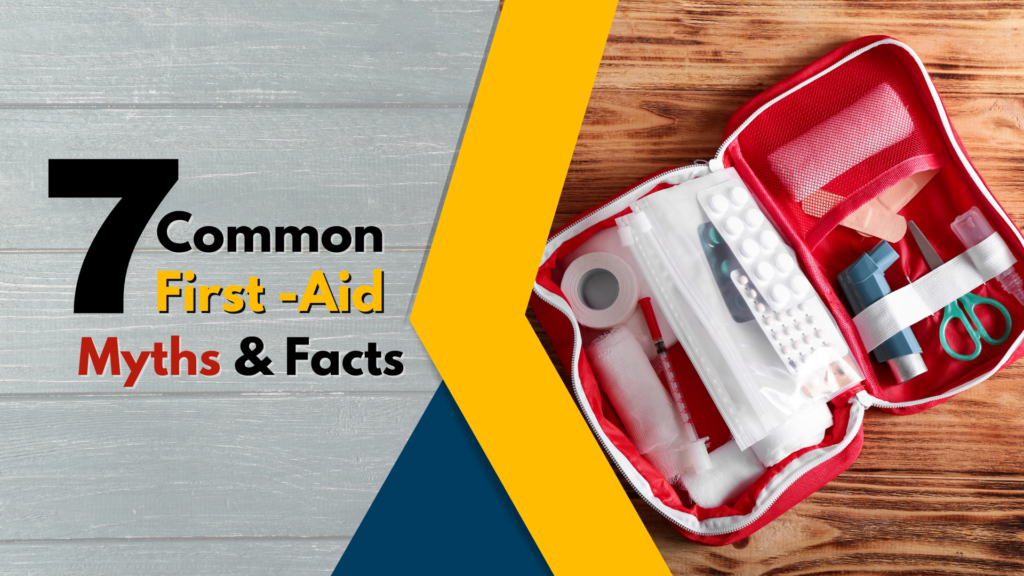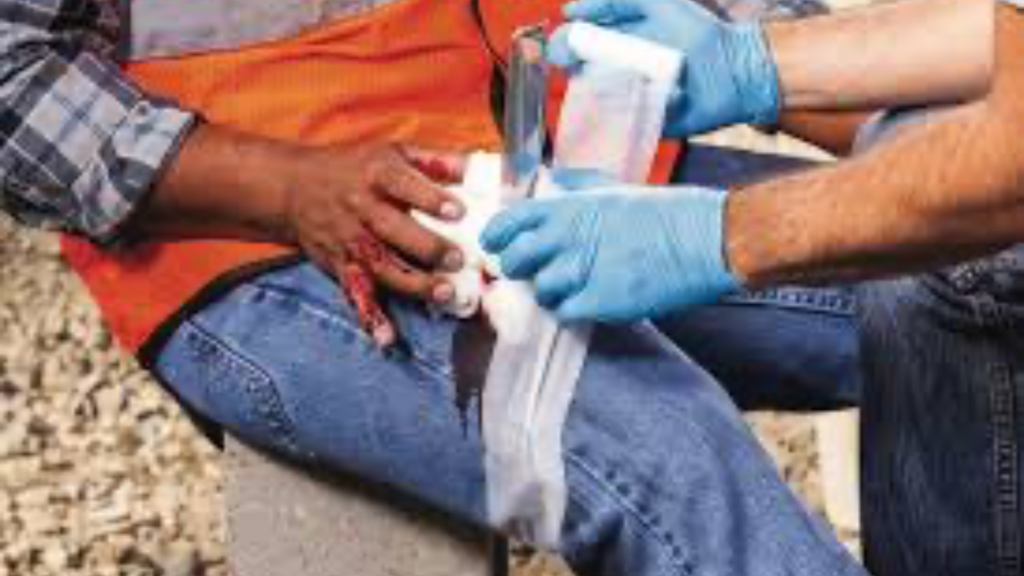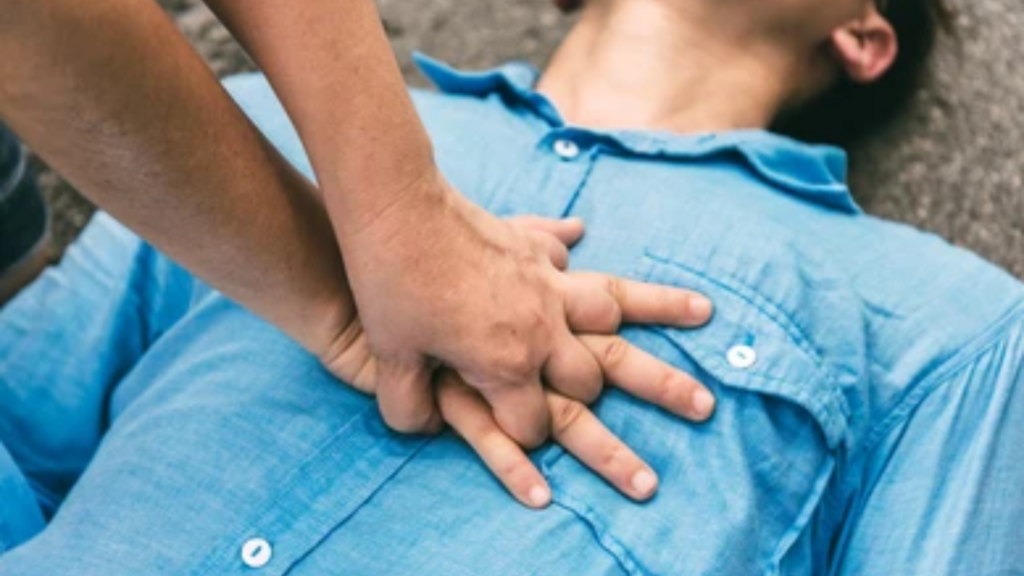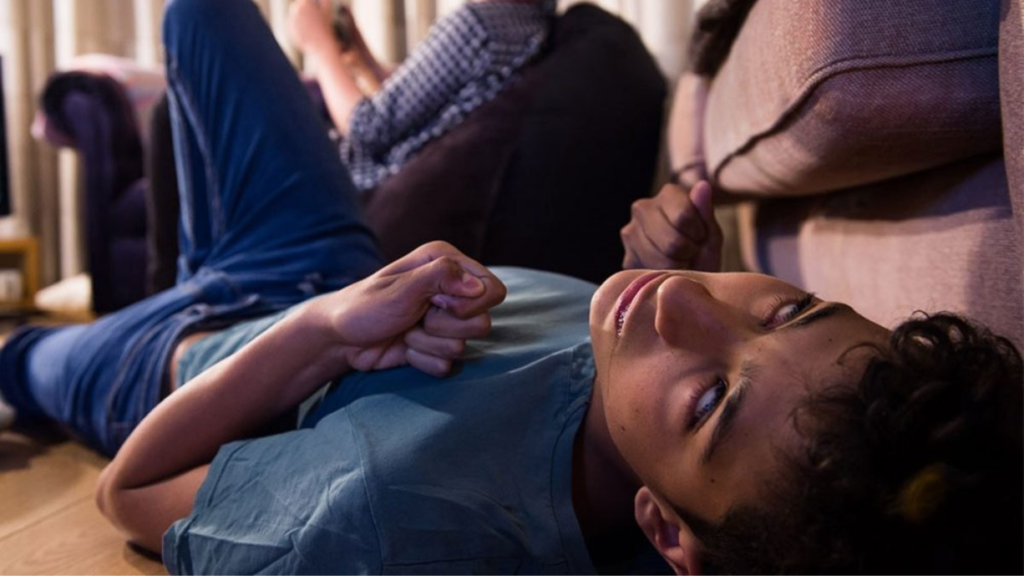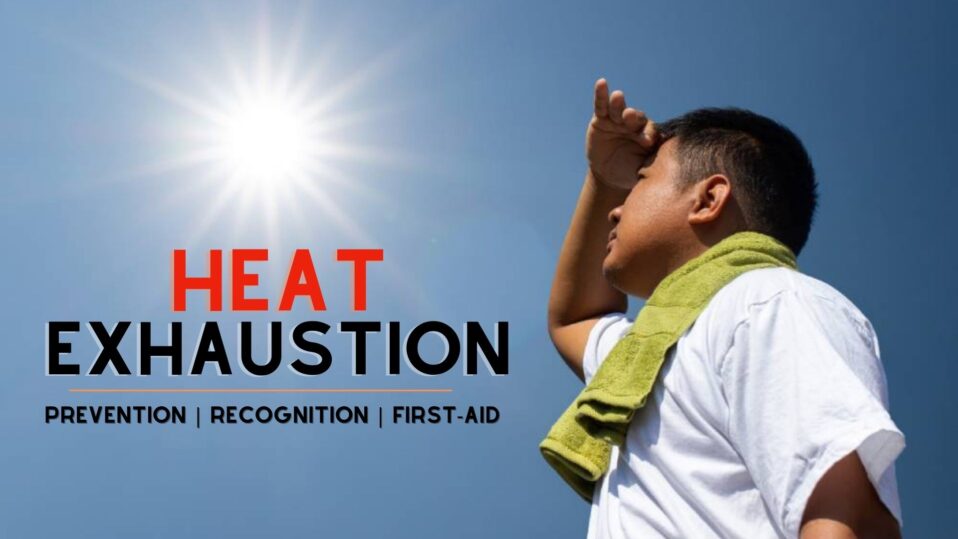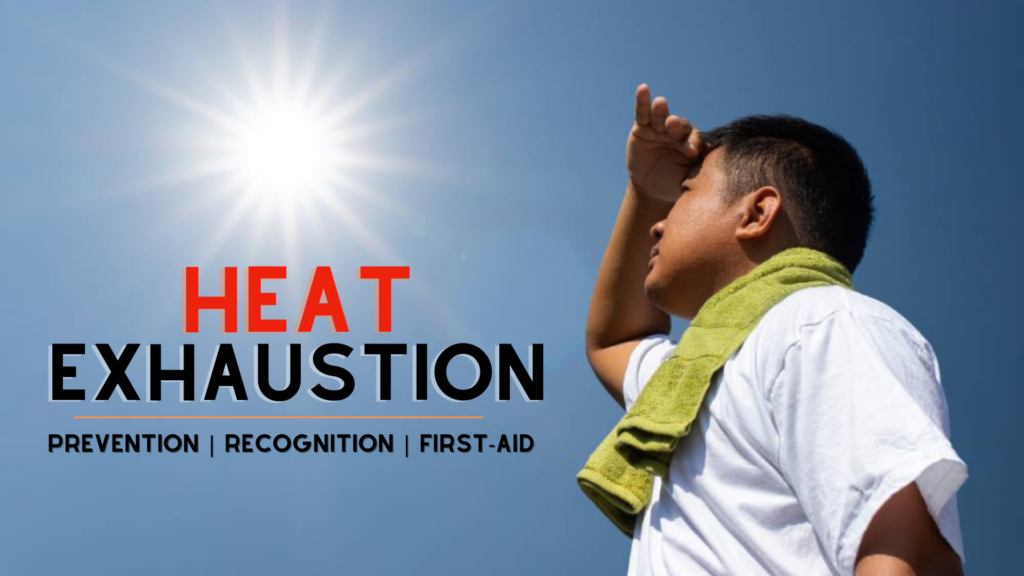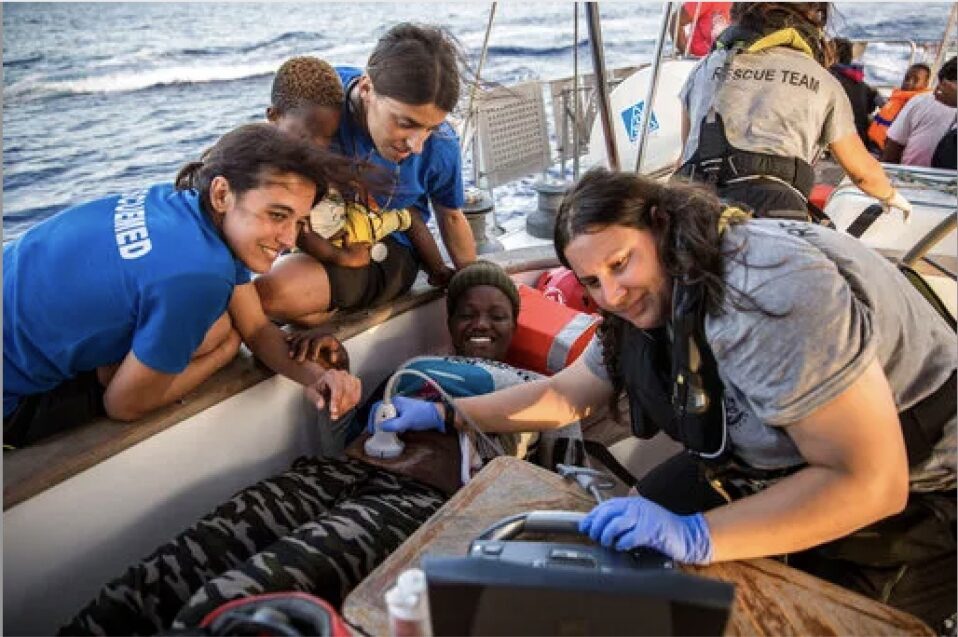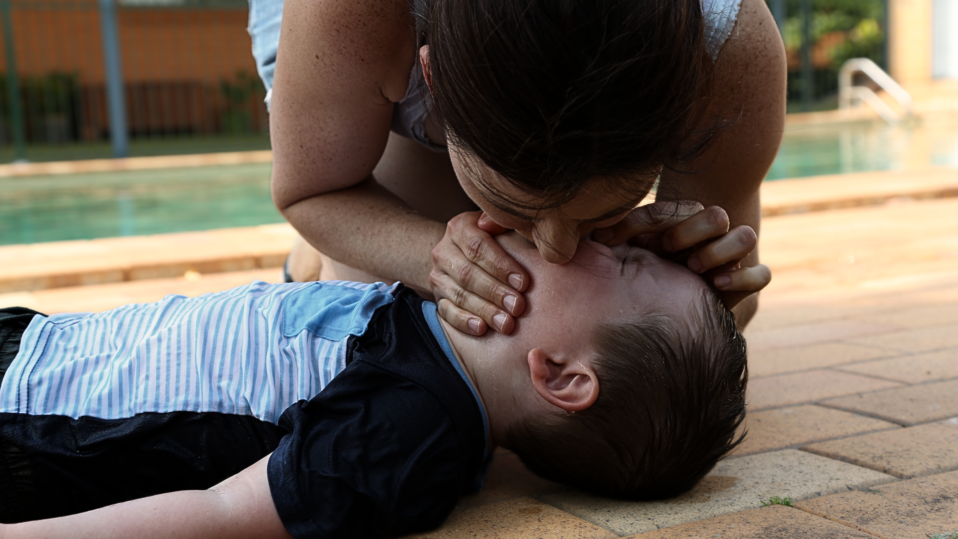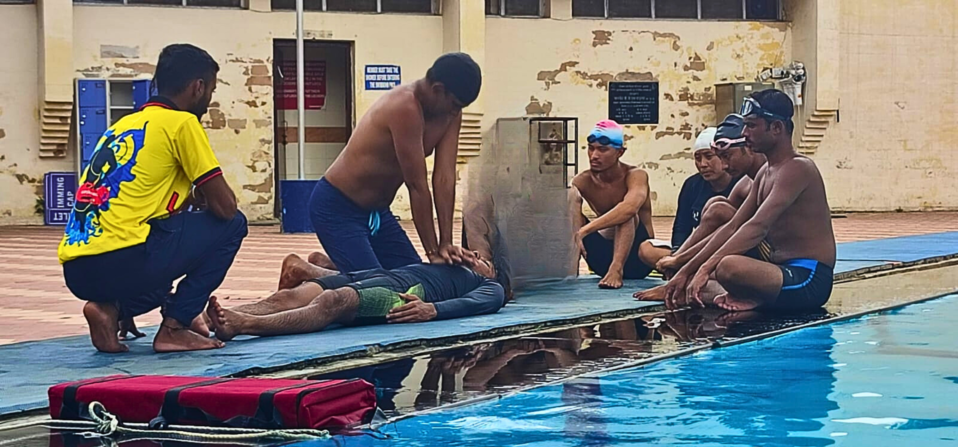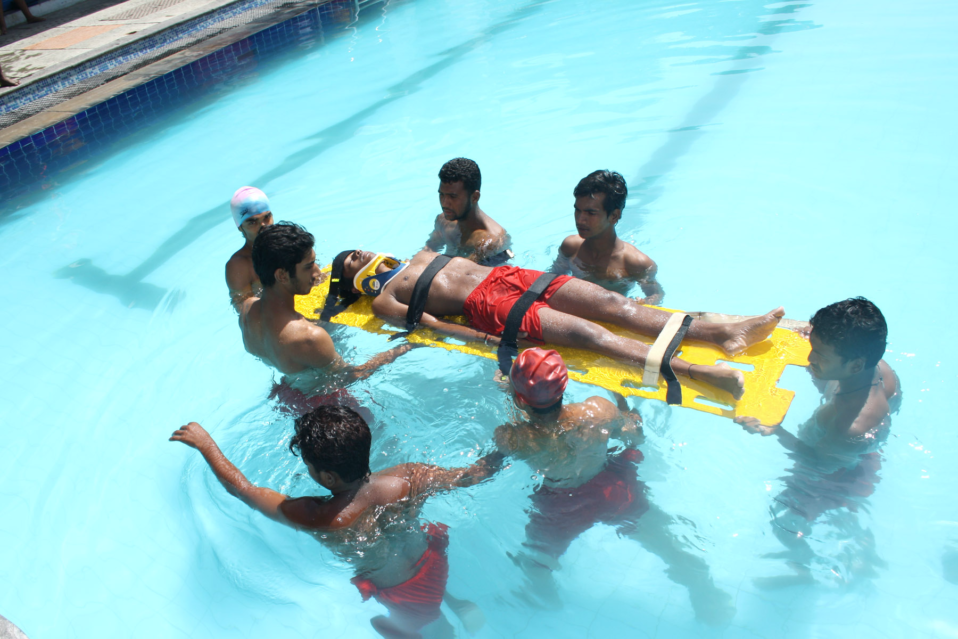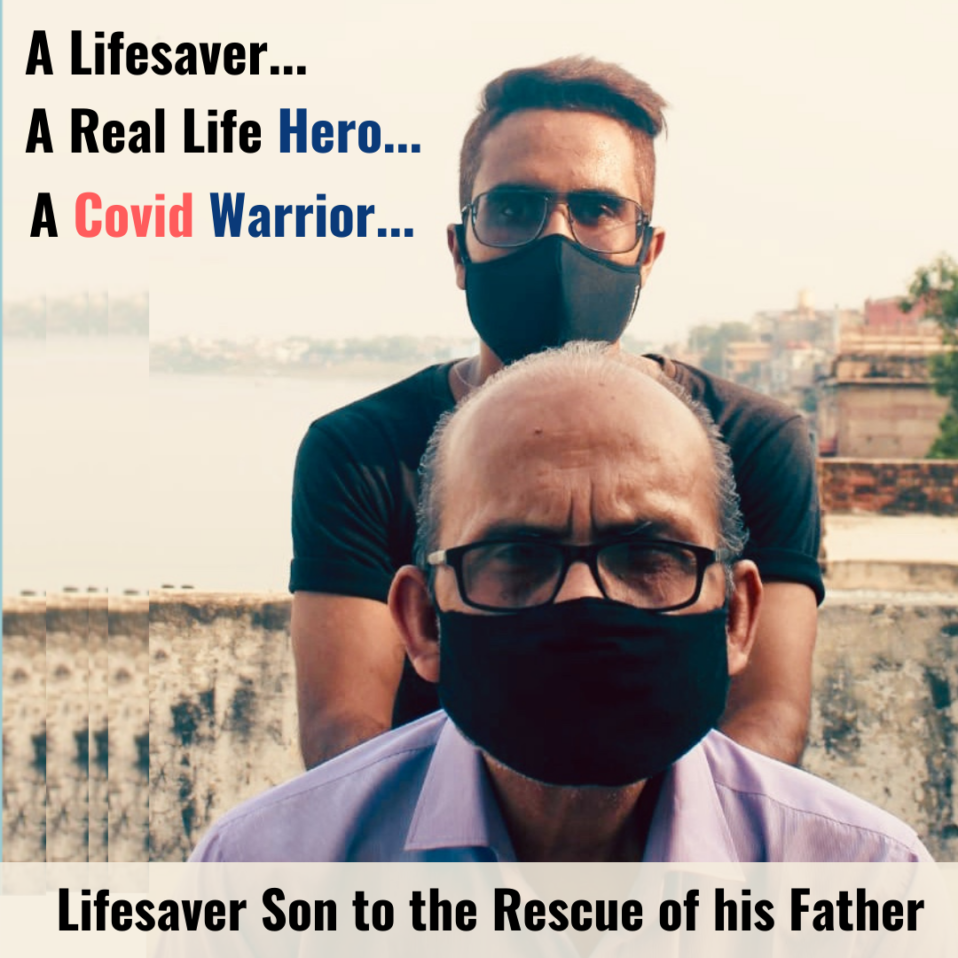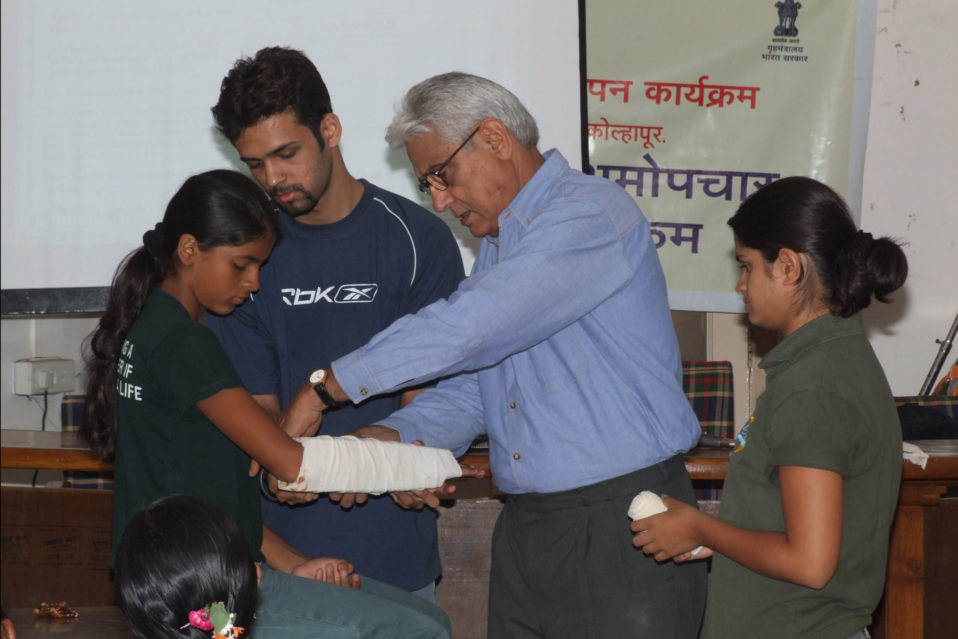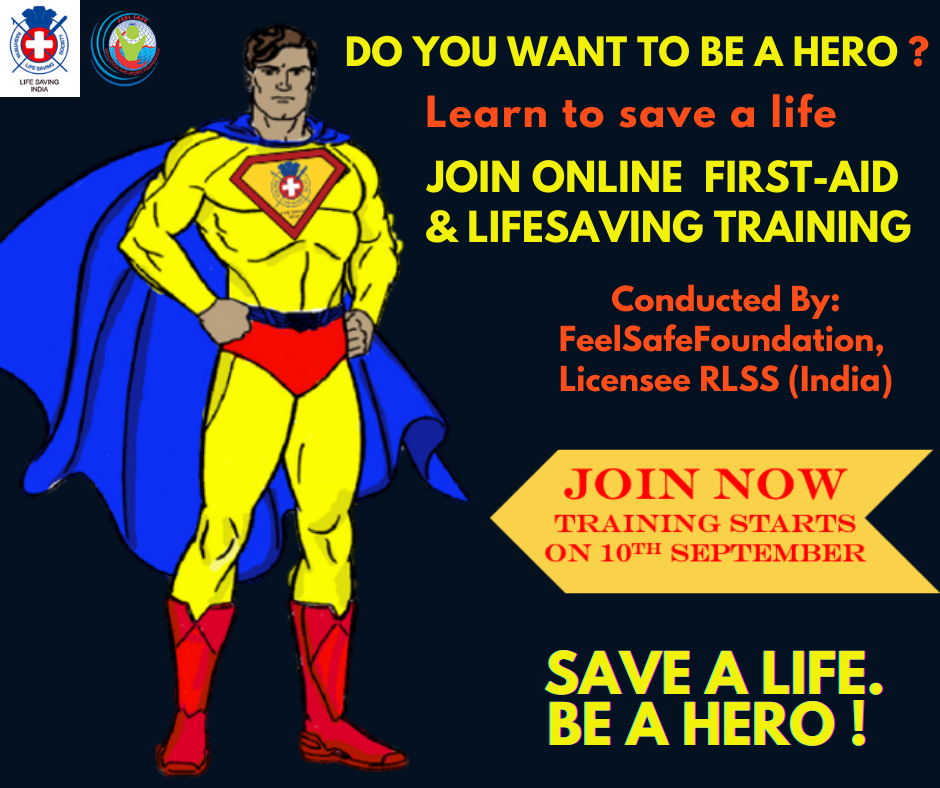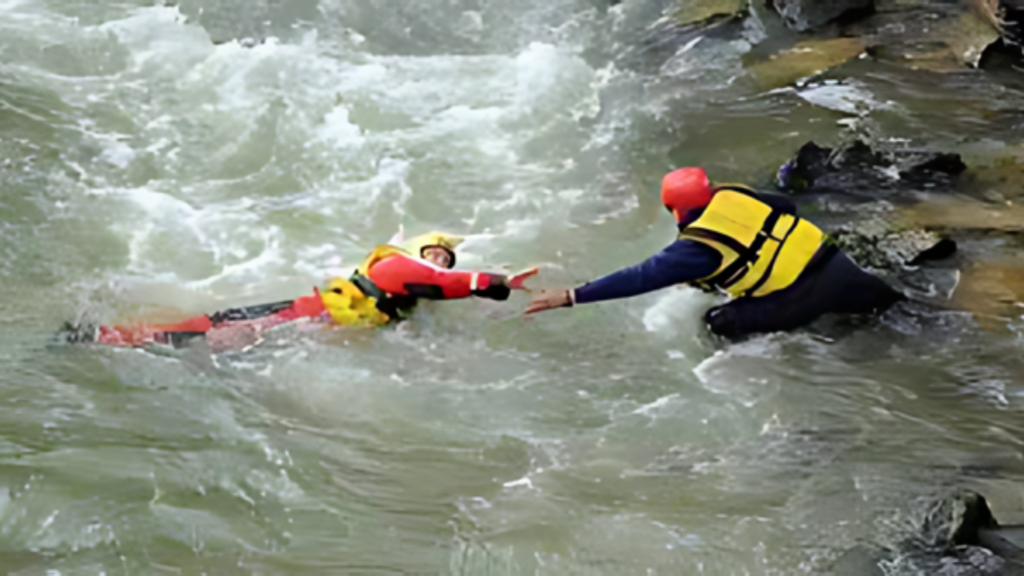
Water rescues demand quick action, clear thinking, and a focused mind. In the hectic moments of saving lives, emotions can easily cloud judgment, leading to disastrous outcomes. Whether you’re a professional rescuer or a bystander faced with an emergency, keeping emotions in check is crucial for a successful rescue operation. Here’s why:
1. Clarity of Thought: Emotions can blur judgment and hinder decision-making. In a critical situation like a water rescue, every decision matters. By distancing themselves from emotions, rescuers can assess the situation objectively, considering factors like water conditions, the victim’s state, and available resources to make well-informed decisions.
2. Maintaining Focus: Emotions like panic, fear, or empathy can distract attention from the task at hand. Rescuers must stay focused on executing the rescue plan efficiently. Losing focus, even momentarily, can endanger the safety of both rescuers and victims.
3. Effective Communication: Clear and concise communication is vital during water rescues. Emotional distress can lead to misunderstandings or ineffective communication among team members, hindering coordination efforts. By staying composed, rescuers can ensure that instructions are understood and followed promptly.
4. Safety First: Emotions can trigger impulsive actions, putting both rescuers and victims at higher risk. By staying composed, rescuers prioritize safety protocols and procedures, reducing the chances of accidents or further harm during the rescue operation.
5. Professionalism: In professional rescue settings, maintaining composure demonstrates professionalism and instills confidence in both team members and bystanders. It establishes a standard for calm, collected behavior even in challenging situations, fostering trust and respect in the rescuer’s capabilities.
6. Post-Rescue Wellbeing: Detaching from emotions during a rescue doesn’t mean suppressing them indefinitely. It’s essential for rescuers to address and process their emotions after the rescue operation. Ignoring or suppressing emotions can lead to burnout, compassion fatigue, or post-traumatic stress disorder (PTSD) over time.
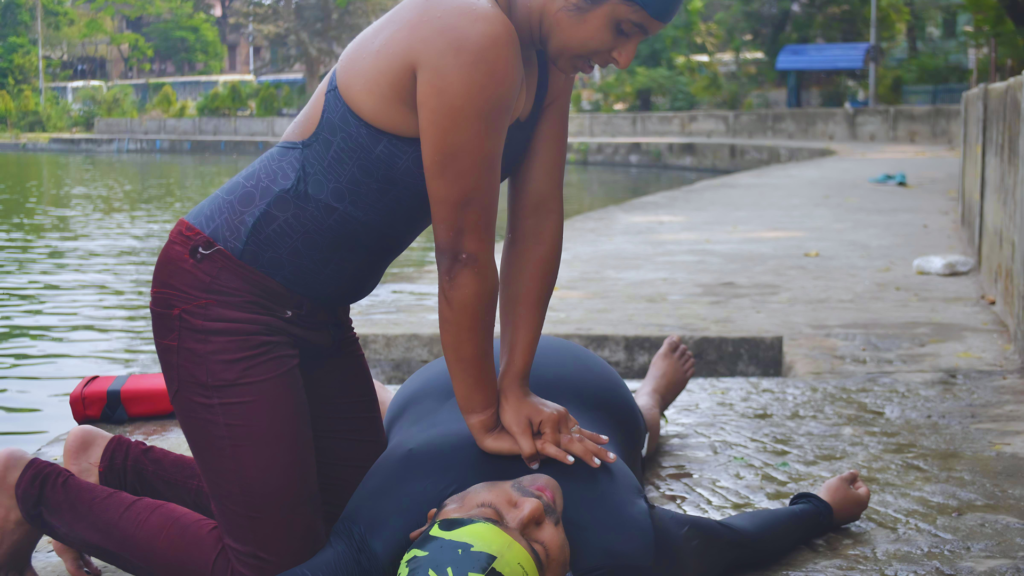
In conclusion, while it’s natural to experience emotions during a water rescue, it’s crucial for rescuers to detach from them to ensure the safety and success of the operation. By maintaining composure, clarity of thought, and focus, rescuers can execute effective rescue plans, prioritize safety, and inspire confidence in their abilities. However, it’s equally important for rescuers to address and process their emotions post-rescue to safeguard their own mental wellbeing in the long run.

